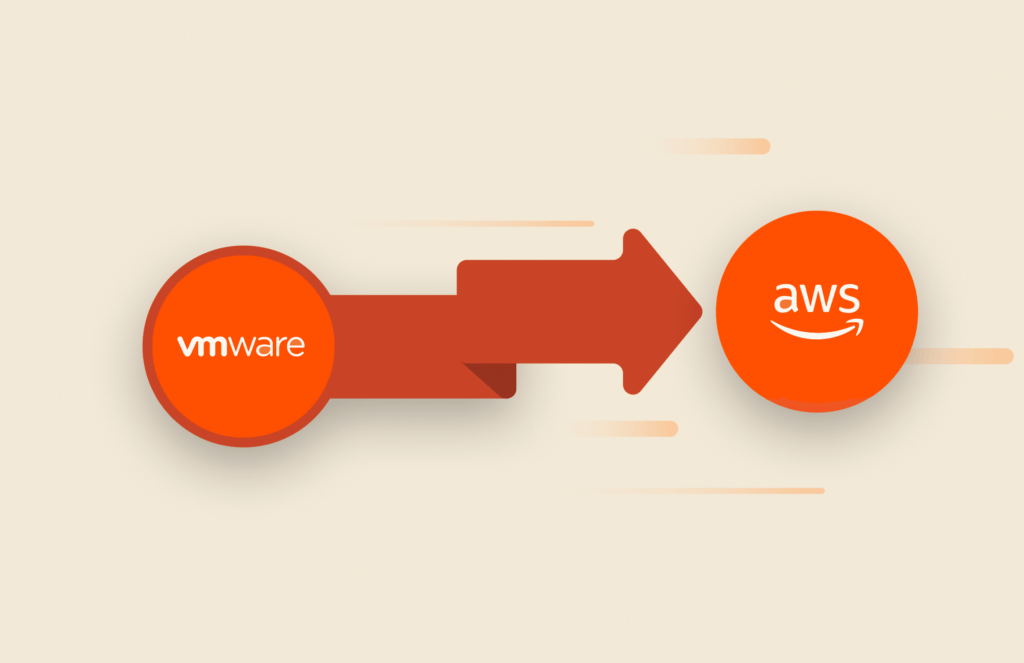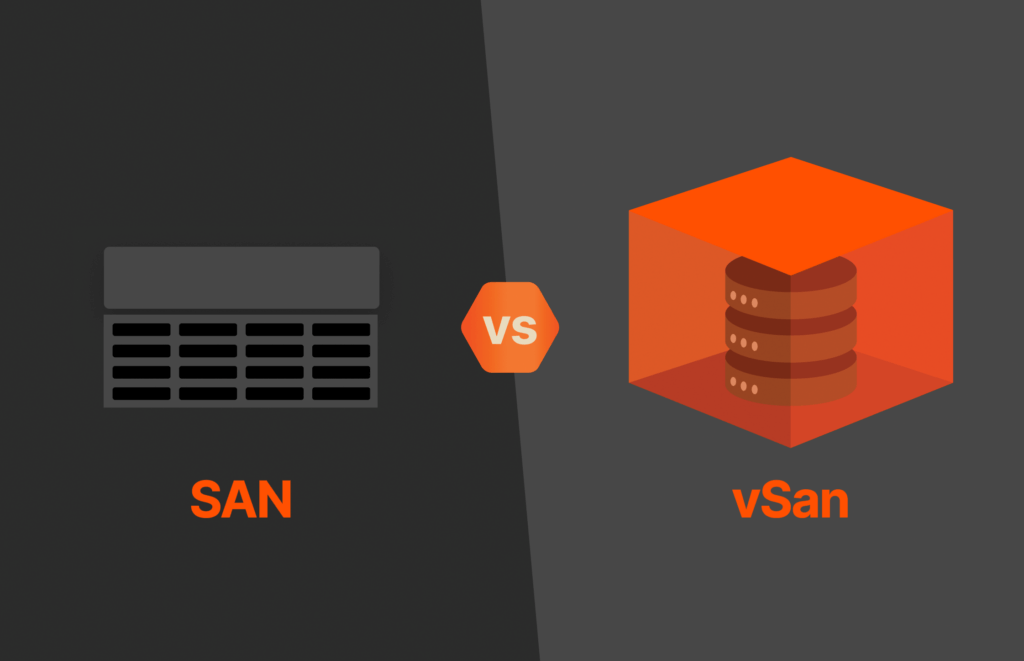Summary
Organizations need to take proactive steps to mitigate their ransomware risk. A ransomware recovery plan is an essential element in a cybersecurity strategy that can help companies respond effectively in the event of an attack.
Ransomware is the single most prevalent cyber threat facing businesses today. Using malicious software to gain control of networks, hackers block access to data and other vital computing resources until the victim pays a ransom. Even then, cybercriminals may not return control to the organization they’ve targeted.
In fact, the US Cybersecurity & Infrastructure Security Agency (CISA) advises victims not to pay ransomware attackers, noting that in many cases the hackers will demand more money or often target the same organization again.
Beyond the ransom payment itself, which can be substantial, businesses suffer losses due to operational downtime, potential financial penalties, and bad publicity resulting from data breaches.
Ransomware attacks are growing more common and more sophisticated, making it more important than ever for businesses to take proactive steps to mitigate risk. That includes putting a comprehensive ransomware recovery plan in place.

Cyber Resilience, Pure and Simple
Fortify your data and guarantee uninterrupted business operations.
Understanding Ransomware Attacks
Ransomware attackers use various means of installing malicious software on internal corporate networks. Common mechanisms include phishing emails, infected websites, and known software vulnerabilities. A hacker’s initial objective is to gain administrative access to some portion of the company’s internal systems, such as a database or network operating system.
Once attackers have gained access to corporate systems, they use a range of techniques to prevent legitimate users from accessing data or other critical resources. A frequent strategy, for example, is to encrypt a company’s files and data, making them inaccessible without a decryption key. Another common approach is to steal sensitive data and threaten to expose it if the victim does not pay a ransom. For companies in healthcare, financial services, and other regulated industries, the threat of exposing confidential customer information is especially concerning because it touches upon strict data privacy and security regulations like HIPAA, GLBA, and GDPR.
Victims of ransomware face a range of potential problems. Ransom demands may be substantial. If a company chooses to pay the attackers, there’s a high likelihood that they’ll be targeted again. In fact, there’s no guarantee that the attackers will release the data at all.
Businesses targeted by ransomware are also likely to suffer losses due to operational downtime. If they operate an e-commerce website, for example, customers may not be able to place orders. Even if the company can accept orders, they may be unable to fulfill them, view inventory levels, or even manufacture new product. Imagine how much it would cost if everything in your business suddenly came to a grinding halt. That’s what ransomware can do, and the potential cost is enormous.
A ransomware attack can harm a company’s reputation as well, especially if customer data is exposed in the process. This can lead to a loss of trust among clients and business partners.
Businesses may also face legal and regulatory consequences if sensitive data is compromised, especially if it involves personal information protected under laws like GDPR or HIPAA.
Developing a Ransomware Recovery Plan
A ransomware recovery plan is critical to any organization’s overall cybersecurity strategy, helping to prevent a company from being victimized and respond effectively if a ransomware attack does occur. Here are the key components of a ransomware recovery plan:
- Preparation and prevention should include provisions for a thorough risk assessment, as well as a list of mitigation strategies aimed at helping the company avoid becoming a victim of ransomware. This includes keeping abreast of emerging cybersecurity threats, promptly applying software patches and updates, and training employees about potential threats such as phishing emails and social engineering attacks.
- Monitoring and detection reveal unusual activity that could indicate a ransomware attack. Remote network logins from unusual locations or at odd hours, for example, merit further investigation. The sudden mass encryption of files, likewise, deserves special attention. Establish a dedicated incident response team in advance that can help to identify, mitigate, and resolve ransomware attacks when they occur. Prompt action can help contain a ransomware attack, limiting the amount of damage caused by the incident.
- Robust data recovery mechanisms ensure that companies have fully retrievable copies of their data, enabling them to get back up and running without paying a ransom. Traditionally experts have recommended the “3-2-1 rule,” where you keep at least three copies of your data, with two copies on different storage media and at least one copy offsite. But traditional backups have become an outdated paradigm. If you make resiliency a key priority when choosing a data storage architecture, you can achieve better results, enabling you to get back up and running in less time, and at a much lower cost. By working with a data storage provider who can deliver immutable snapshots of your data, for example, you’ll always have access to a copy that can’t be deleted, modified, or encrypted by an attacker.
- Ransomware recovery ultimately hinges on the robustness of an organization’s data storage and the resiliency architecture described above. The process starts with containing the damage, then cleaning up infected systems and rebuilding them from scratch if necessary. With a robust data recovery architecture, you can then restore your data rapidly and be back in business.
Identifying Vulnerabilities and Preventive Measures
To develop your ransomware recovery plan, assemble a multidisciplinary team that includes cybersecurity experts, network administrators, and application specialists, as well as someone who is responsible for risk and compliance in your organization. Identify the company’s most critical assets. This often includes enterprise resource planning (ERP) and customer relationship management (CRM) databases, file systems, and key network segments.
Assessing your system’s vulnerabilities to ransomware attacks is crucial for enhancing your cybersecurity posture and preventing potential breaches. Begin by creating a detailed inventory of all critical assets, including hardware, software, data, and network infrastructure. Knowing which assets need protection is the first step in understanding your vulnerabilities.
Consider using automated scanning tools to identify outdated software, missing patches, and poorly configured systems that could be exploited by cyberattackers.
Establish policies to mitigate risks, including software update guidelines, employee awareness training, and data recovery mechanisms. Plan on performing routine tests to validate your ransomware recovery plan and maintain a state of readiness.
Conduct routine employee training to help stakeholders throughout your organization understand the mechanisms of attack, including infected websites, phishing emails, and social engineering attacks.
Responding to a Ransomware Attack
Above all, be prepared if a ransomware attack is successful in locking up your company’s most valuable data. Prevention is key, but no cybersecurity plan can guarantee you’ll be protected against a successful intrusion. By implementing a data storage architecture with built-in ransomware recovery, you can get back up and running quickly, and at minimal expense.
If you’re the victim of a ransomware attack, activate your ransomware response team, including IT, security, legal counsel, and corporate communications. Isolate any affected systems and reset passwords and access codes, especially for accounts with elevated privileges or remote access capabilities.
Notify law enforcement and appropriate regulatory authorities right away, and keep internal and external stakeholders informed to the extent necessary. Depending on the severity of the attack and the data involved, public disclosure might be legally required.
The next steps involve cleaning up or rebuilding infected systems, restoring to your most recent data snapshot, testing and validating systems, and bringing everything back online.
Testing and Updating the Recovery Plan
Don’t overlook the importance of regularly testing your ransomware recovery plan. This can take the form of tabletop discussions, or it can include simulated ransomware attacks that validate the incident response team’s ability to detect, contain, and mitigate the attack.
As the threat environment continues to evolve, and as your organization’s IT landscape changes, you’ll need to update and improve your ransomware recovery plan. Review it on a quarterly basis to determine whether any changes may be required.
A robust ransomware recovery plan is no longer optional. It’s an essential element of any corporate cybersecurity strategy. By focusing on preparation, prevention, rapid detection, and resilient recovery mechanisms, companies can safeguard their critical assets against the growing threat of ransomware and ensure they’re well-prepared to handle such disruptions. Regularly testing and updating your recovery plan is crucial to adapt to the evolving cyber threat landscape and protect your organization’s data integrity and reputation.
Want to learn more? Download our free ebook, “A Hacker’s Guide to Ransomware Mitigation and Recovery.”

Written By:
Be Prepared
Learn more about steps you can take to protect your organization.






